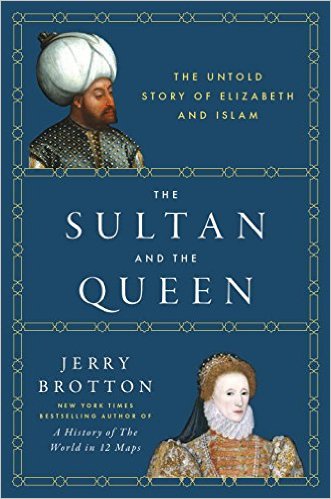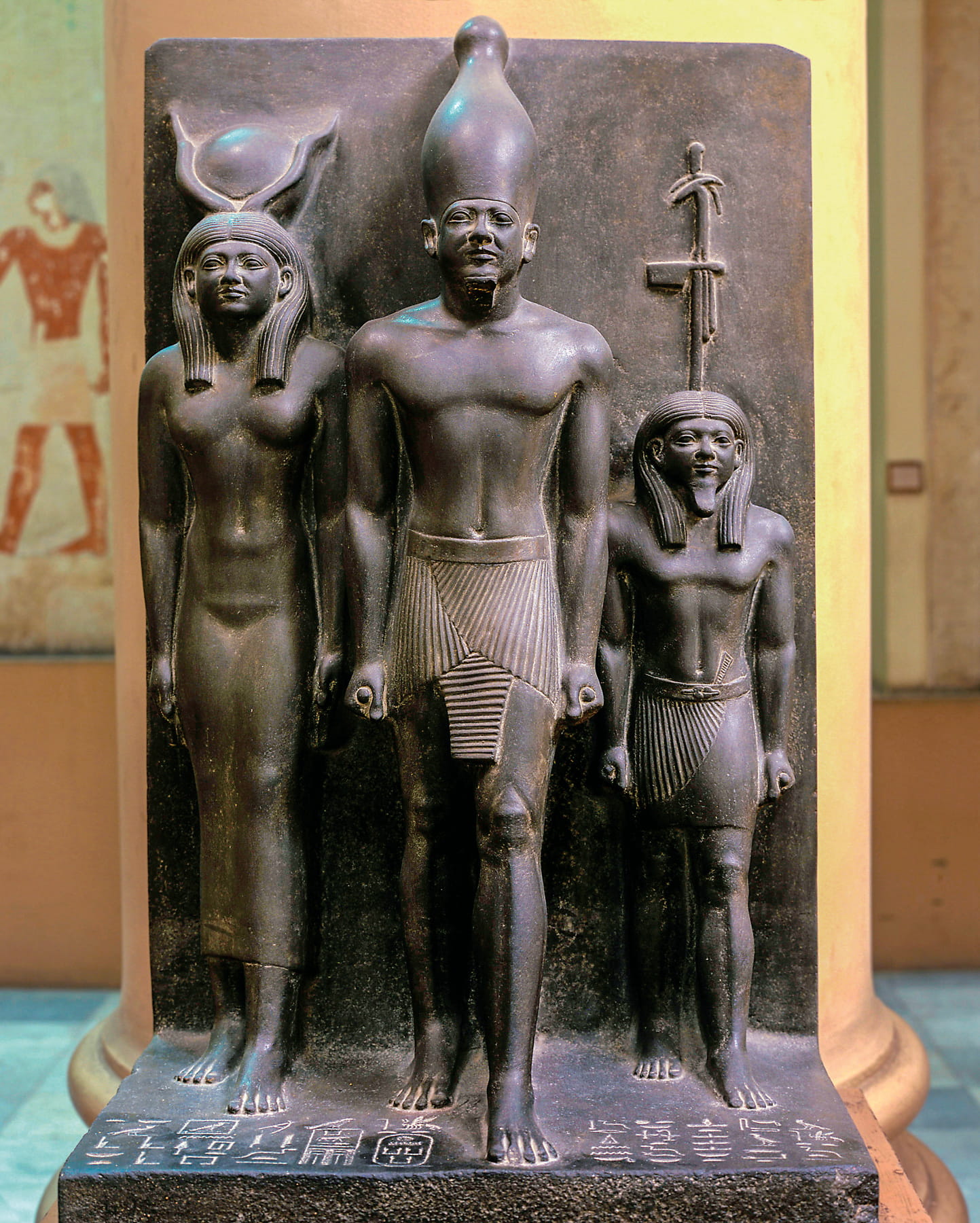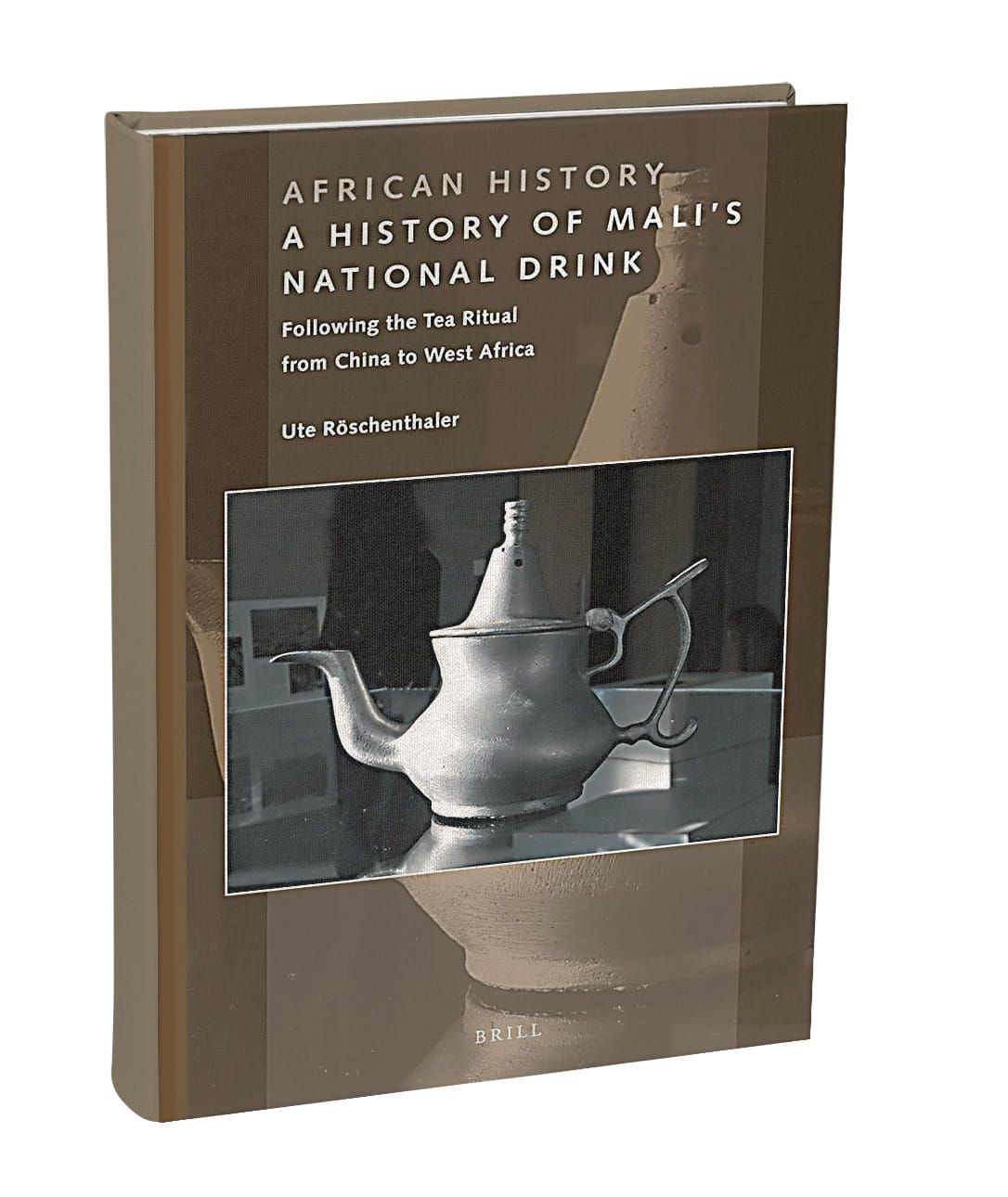
The Sultan and the Queen: The Untold Story of Elizabeth and Islam
Tom Verde
Jerry Brotton
2016, Viking, 978-0-241-00402-9, $28 hb. (Published in the UK as This Orient Isle.)
In 1570, with Catholic Spain and Rome breathing down her Protestant neck, Britain’s Elizabeth I turned to her enemies’ enemies, Morocco and Ottoman Turkey. The treaties and trade agreements she struck with these sultanates infuriated her Continental rivals while enriching Tudor England with “exotic commodities from Islamic lands that included cotton, rhubarb, currants ... and intricate textiles, as well as the Moroccan sugar” that Elizabeth consumed “in such copious quantities” it blackened her teeth, writes historian Jerry Brotton. As “Sultana Isabel” (her Moroccan title) dispatched envoys to major Muslim capitals, “Tudor fascination with the Islamic world” infused domestic English culture with clothing and carpets “after the Turkish fashion” and influenced the works of Marlowe and Shakespeare (e.g. Othello), among others.
You may also be interested in...

The Legacy of Egyptologist George Reisner—Our Book Review
When George Reisner died in 1942, he did so surrounded by ghosts—not just the pharaohs he’d unearthed but the stacks of unpublished notes that entombed his legacy.
Green Tea in Mali: Culture Pours From Global Trade
In 2005, while attending a tea ceremony in Bamako, the capital of Mali, where serving tea punctuates daily life across courtyards, offices and roadside stalls, anthropologist Ute Röschenthaler realized that green tea had become more than a national drink.